Before living in this French village, we lived in Marseilles; before that, we lived in Paris. Our village isn't touristic; it is over 1200 years old.
For the thirty-four years, I have lived in France, this is where I have called home the longest.
The French boulangerie (bakery) with a wood-burning oven is around the corner from where I live. There are three bakeries in our time. The one above was the most beautiful. They retired and took everything out and turned it into an apartment. The front is now grey and not at all charming.
The French baguette. A daily event. 90 cents.
As well as the daily temptation.
The Maisons (houses) are painted in eye-candy colors.
(Want to take art classes in France, ask my friends, the Vieths.)
You can read part of a person's life through French window shutters.
Chances are that if they are closed, the person is not home, the afternoon sun is too hot, bedtime or they have moved.
Otherwise, the shutters are opened.
There are sixteen fountains in the village where I live. They are dried up from the drought.
This is my neighbor's car, and I want it.
The Mediterranean is twenty minutes away. The French Rivera a hop skip and a splash. The best bit about our village is there are over twenty-plus brocantes (antique fairs) every weekend within an hour's drive.
The door that leads to my friend's home is right around the corner from where I live.
There is hardly any parking in our village center, so walking is the easiest way to travel. It takes me as long to walk to her house or the grocer's, the post office, the bakery… as it does to walk to my car.
Most French villages are circular in design. The church or city hall is in the center.
In the southern Provencal region of France, the shutters are often pastel, with red tile roofs called "tuiles." Also, there is a thin sugar cookie called a tuile, shaped like the roof tiles. They are served with ice cream. The rooftop tuiles were made in our village as it produced many tiles and tuiles. Tuiles were made by women using their thighs as moles. Hence, various sizes exist.
Everything we need is within walking distance. That is the luxury of living in a small French village:
You never have to use your car for the basic needs of running a household.
The grocer, the doctor, the post office, the church, the bar (like how I put church and bar next to each other?), the bakery, the hardware store, the bank, and the pharmacy are all within five minutes on foot.
Living in the village center, you can hear the church bells and the children playing at recess.
I also hear our neighbor's chickens. It doesn't bother me, but I might consider complaining if they bring in a rooster.
Though it takes more than five minutes to walk anywhere when you live in a French village because one runs into everyone and their dog, two kisses and "Ca-va?" takes time, which is an extra plus.
(A list of the top French films… or at least this site says so…)
When the fountains were running…
And trees were around every corner.
Over fifty of them have been cut down due to a
Bug brought in on the American cargo ships from WWII.
___
The church around the corner rings its bells every hour, telling the time of day or night by how many bells rung. So when it is twelve o clock, it rings twelve times and then repeats itself in case you missed it. Plus, it rings every half of an hour twice, which makes one o'clock confusing.
____
Do you have any questions regarding French life?
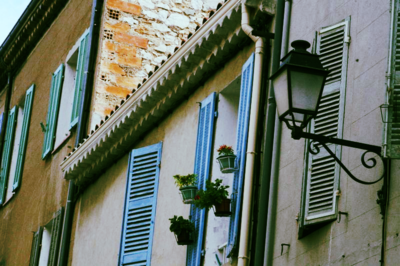
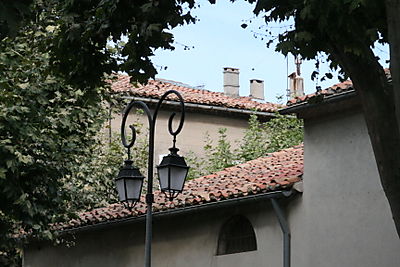

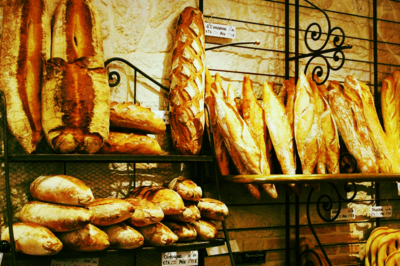

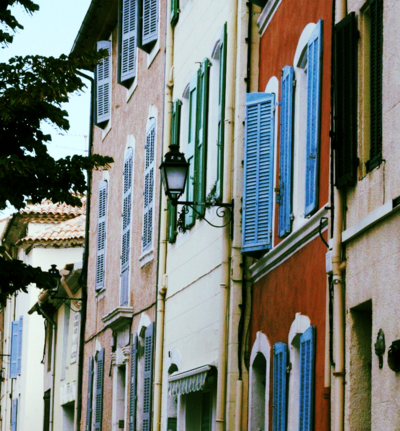
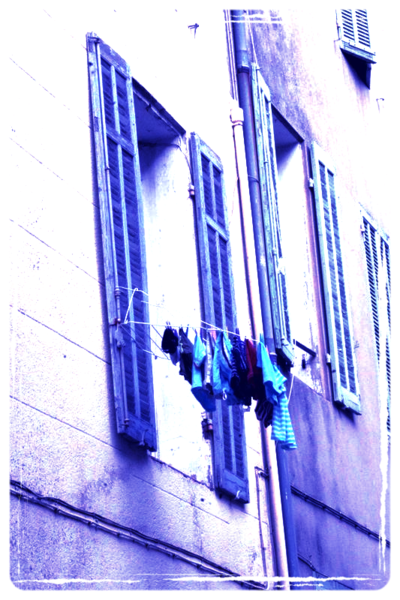
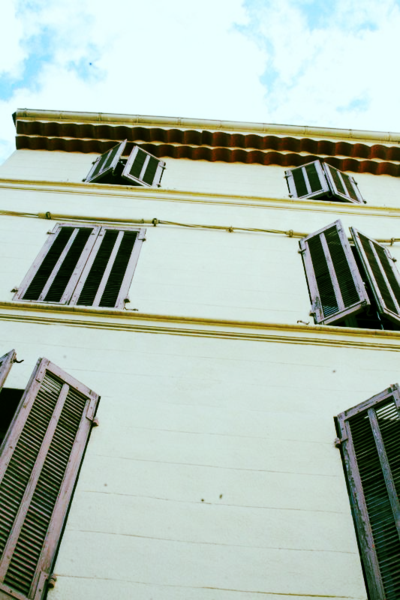
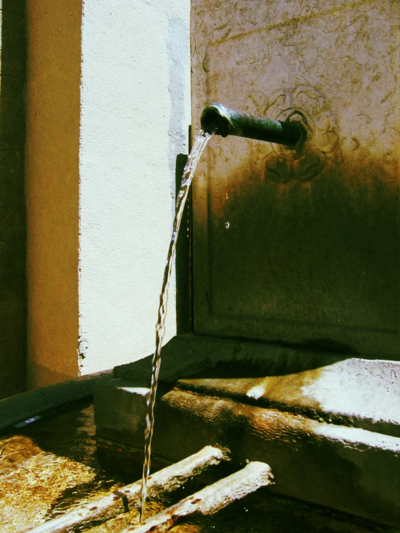
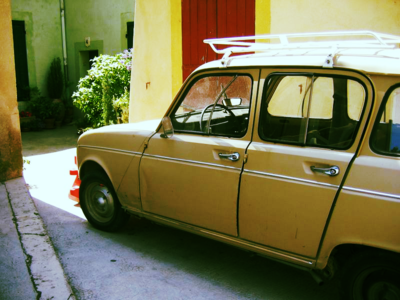
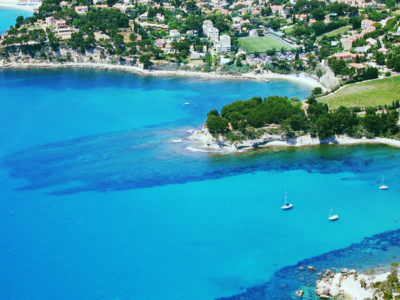

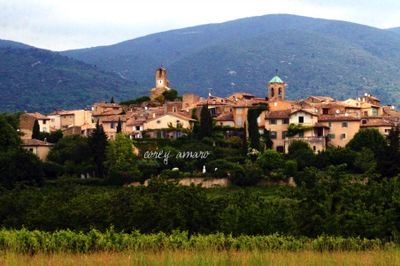



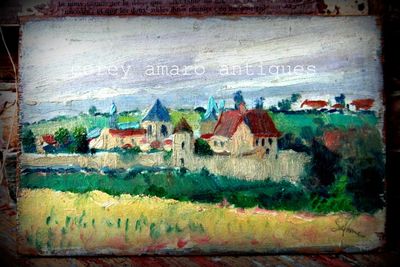
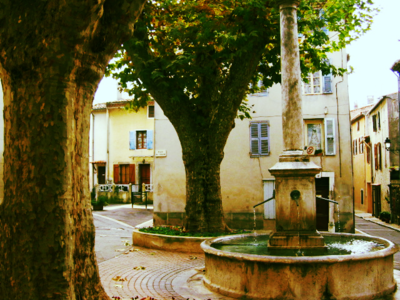
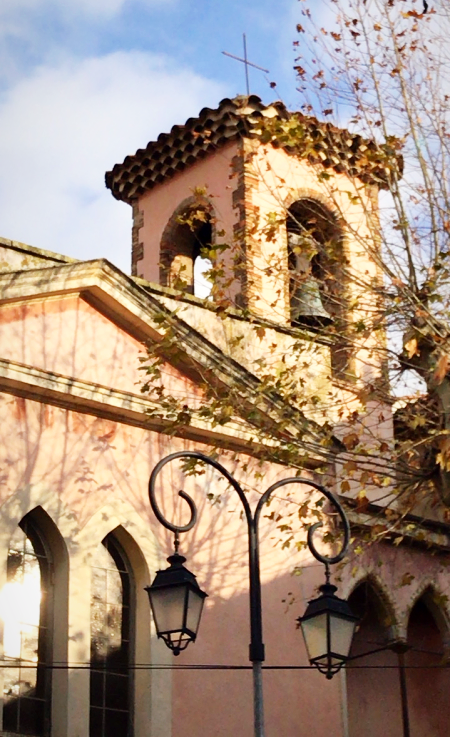

Leave a Reply